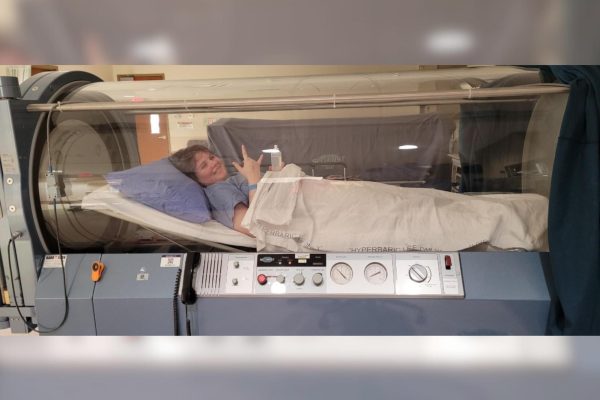The dangers of UV
Sophomore’s mother fights off melanoma in four months
photo courtesy of Madeline Manternach
The Manternach family spends a day at Gulf Shores, Alabama in 2009. Since Dana’s melanoma diagnosis in 2008, her family has paid more attention to sun care, especially during trips to the beach. “We take constant breaks. We try to reapply [sunscreen] every hour and a half to two hours,” Dana said.
May 31, 2023
It started with using tanning beds on a weekly basis. Then, when she was showing a heart-shaped mole on her arm to a friend, her friend soon realized it wasn’t actually a mole.
In 2008, sophomore Madeline Manternach’s mom, Dana Manternach, was diagnosed with malignant melanoma skin cancer.
“I was at dinner with a friend. I said, ‘look, I have this cute heart shaped mole on my arm’. And she said, ‘that is not cute. Anything irregular, you need to have looked at’. And so that started our journey,” Dana said.
After this, Dana went to the doctor and he did a biopsy of the mole. He told her she had melanoma and referred Dana to a dermatologist.
“I went to my dermatologist with my husband and we found out that we were going to do a clear margin procedure, where [the doctors] excise the skin around [the mole] until they get a clean margin,” Dana said. “A biopsy in the office is normally a small circle, like the end of a pencil eraser would be. When they do an excision, it’s about the length of your ring finger, but it’s football-shaped. So instead of having a teeny tiny scar, it’s about four inches long.”
Dana realized that her cancer was most likely caused by her frequent tanning bed usage. Before getting married and her diagnosis, Dana said she used tanning beds three to four times a week.
About four months after her diagnosis, Dana was cancer-free, but Dana still goes to the doctor every six months. She’s had precancerous growths burned off and has been biopsied as well.
Although Madeline was too young to remember her mom’s cancer, she says it’s affected Dana’s parenting.
“I remember going to the beach every summer and I would see other parents not putting sunscreen on their kids. But I remember putting it on all the time. And as a kid, it didn’t really make sense. It was a little annoying,” Madeline said.
However, as Madeline has grown older, noticing how her skin reacts to the sun and hearing her mom’s story has taught her to take extra care of her skin.
“About four years ago, we went to Gulf Shores. The first day we were there, we went down to the beach. I didn’t put sunscreen on and my mom was telling me ‘put it on, put it on, put it on’ because she was worried that I was going to get burned,” Madeline said. “I didn’t listen to her because I thought that I’d just get more tan if I didn’t put sunscreen on. But the next day, my back was bright red. It hurt to put a swimsuit on. I barely even went out to the beach for the next three to four days.”
After that situation, Madeline realized that her mom was right.
“I definitely realized how much she knew what could happen and why she cared so much,” Madeline said.
Despite facing many repercussions when it comes to the sun, Dana also recognizes that her family can’t avoid the sun entirely.
“We just need to be realists that we’re going to be taking our kids to the beach, we’re going to be outside in the sun and we’re just going to have to do the best we can,” Dana said. “We’re never going to be 110%. We’re just going to have to do the best we can to avoid extreme exposures, trying to apply sunscreen and taking the time out of the day to be safe and take a break from the sun.”
Through hearing her mom’s cancer journey, Madeline wants to stress that cancer is a serious risk.
“People don’t realize it, but you can get [cancer] at any age,” Madeline said. “There’s always that risk, and you don’t want to be put in [the same] situation [as my mom was].”

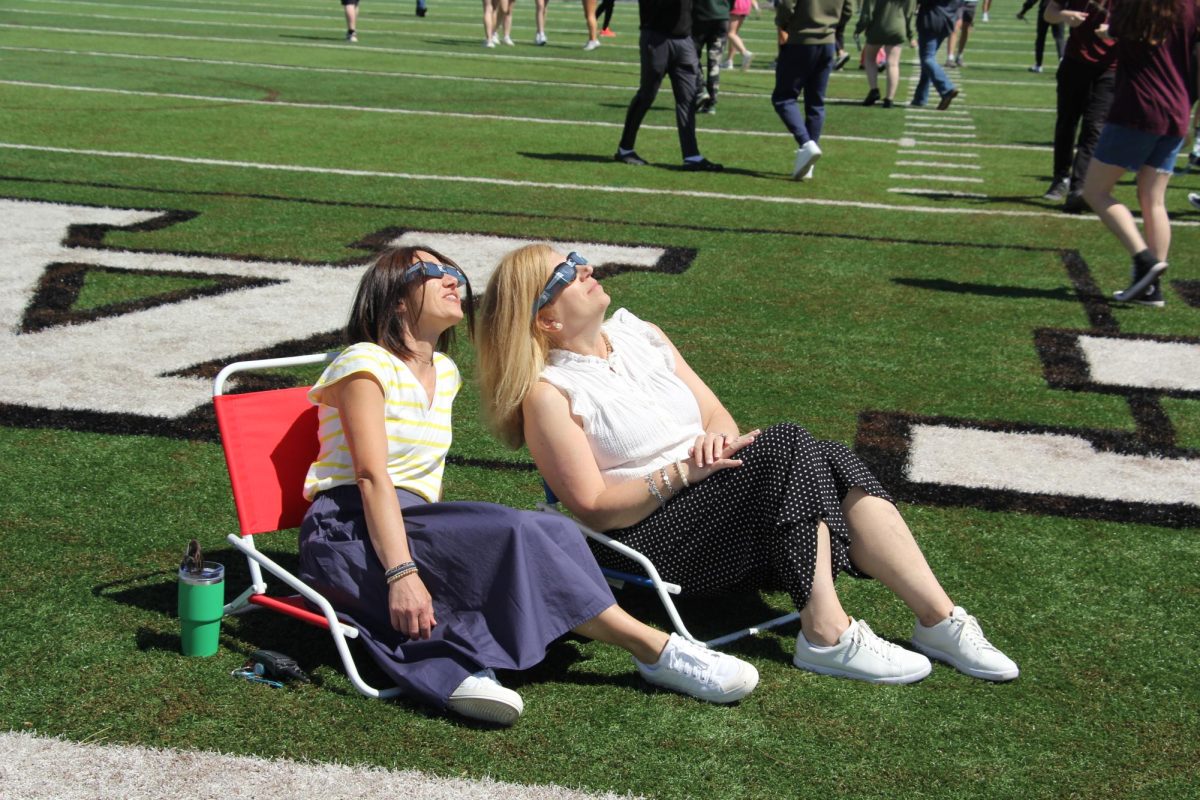
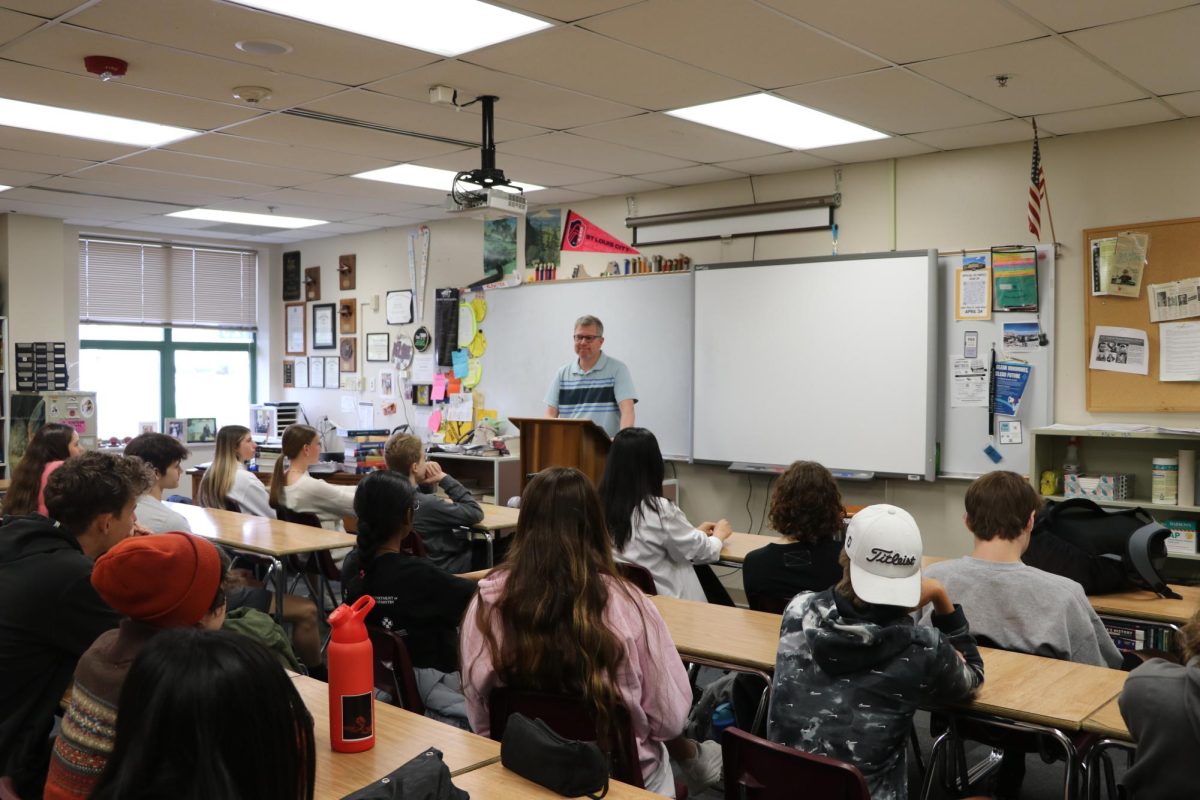
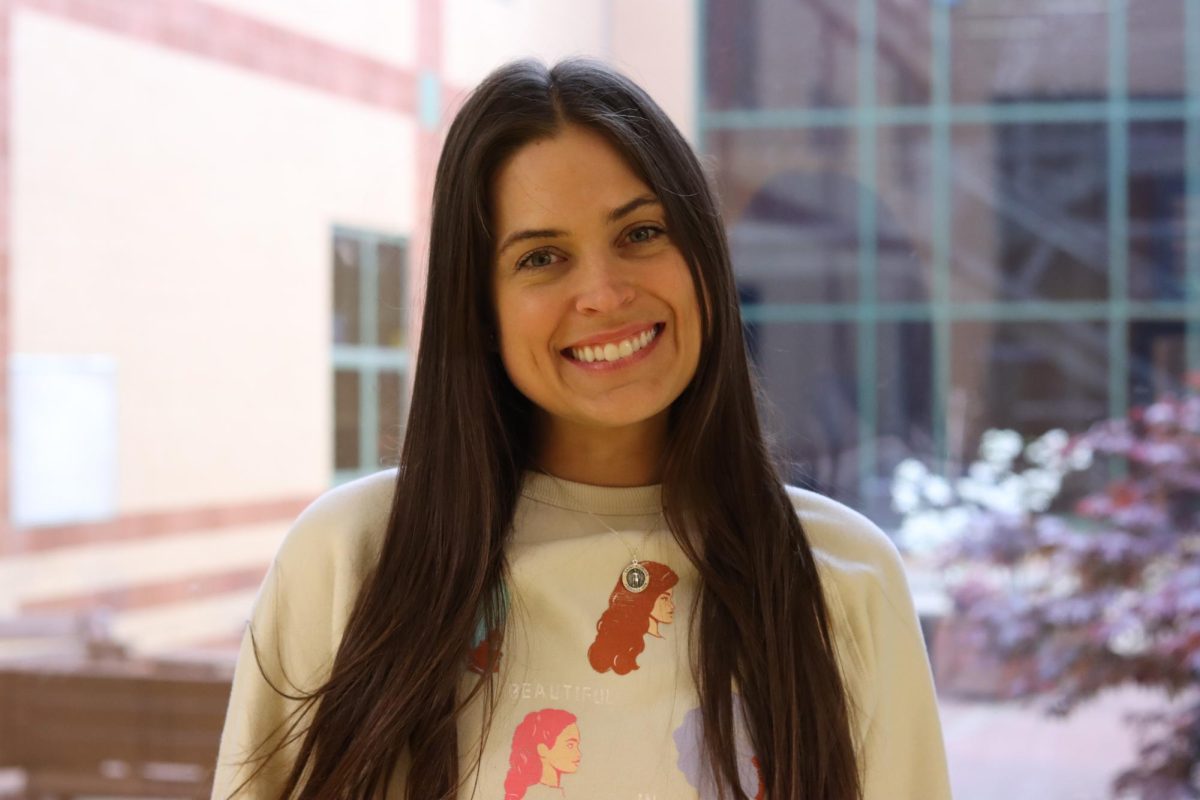
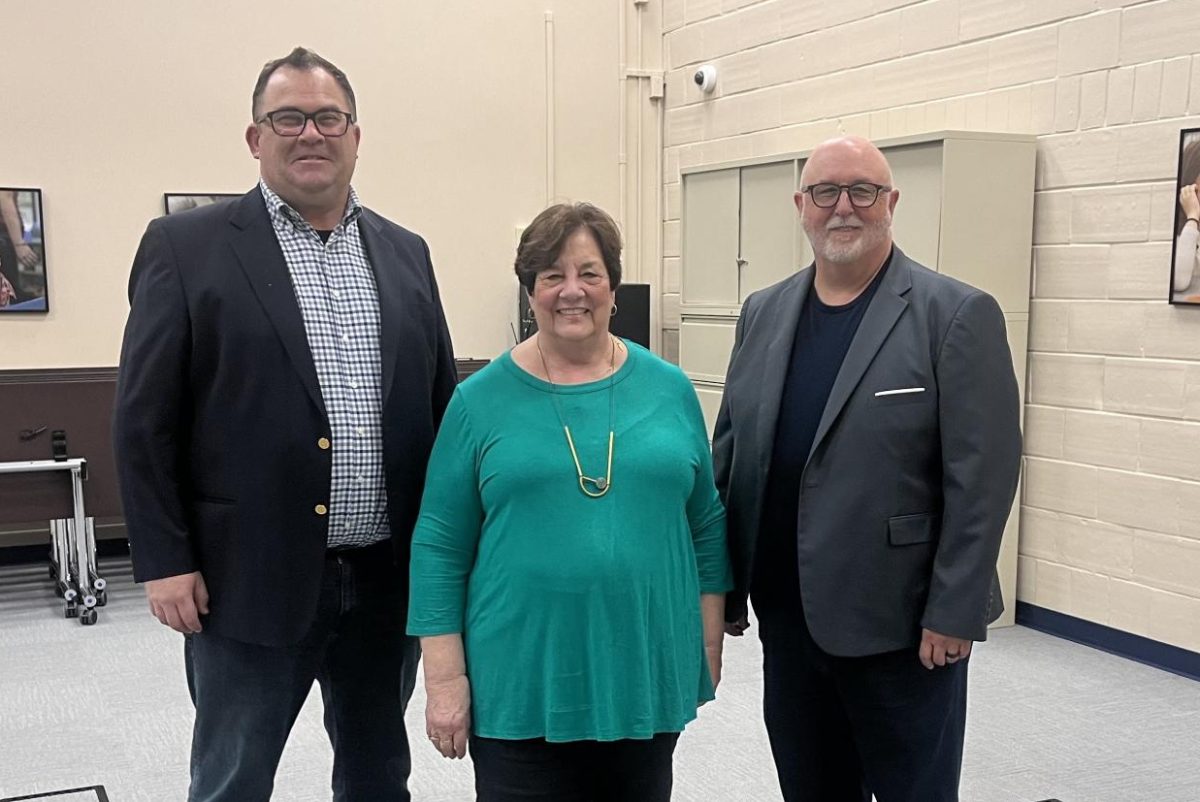

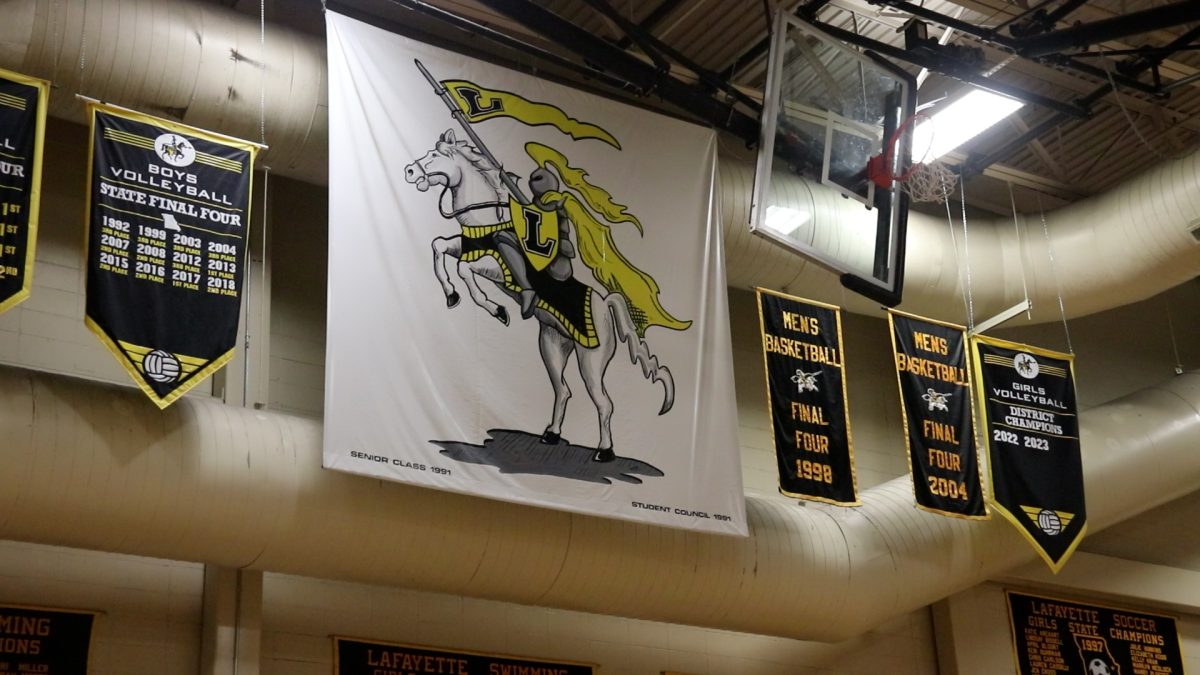
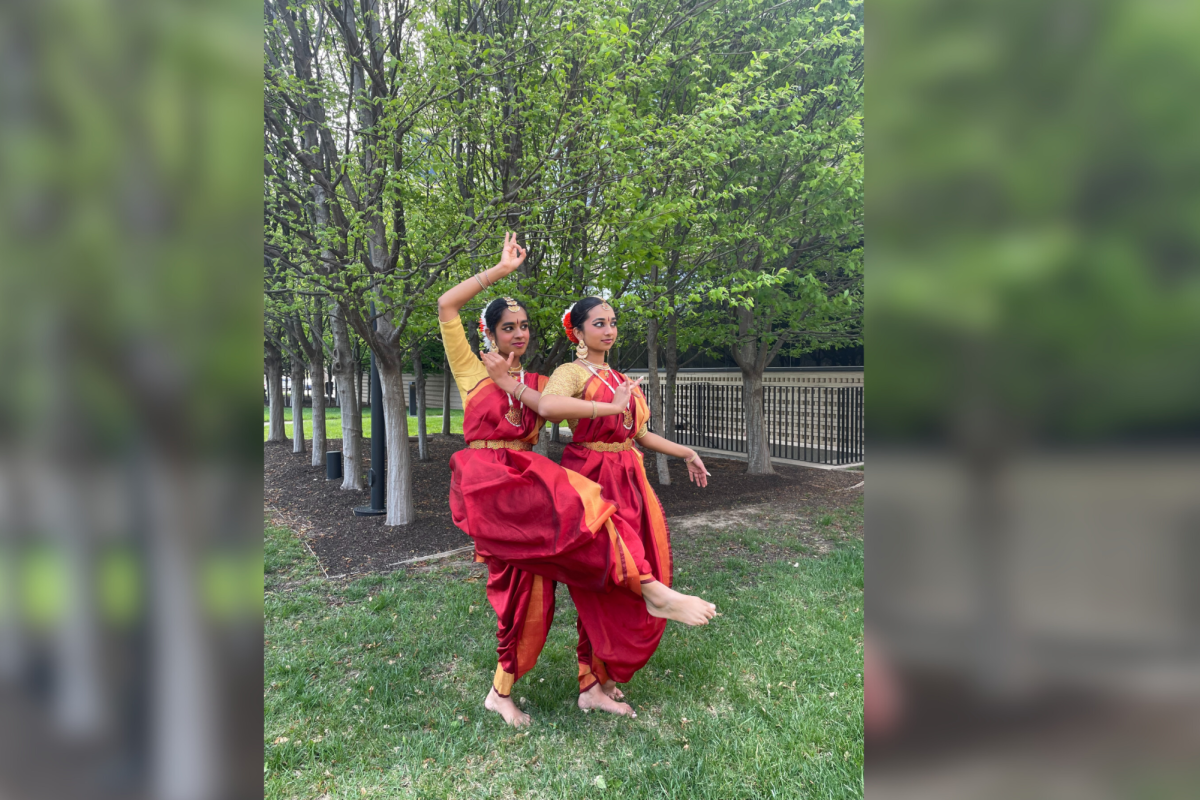
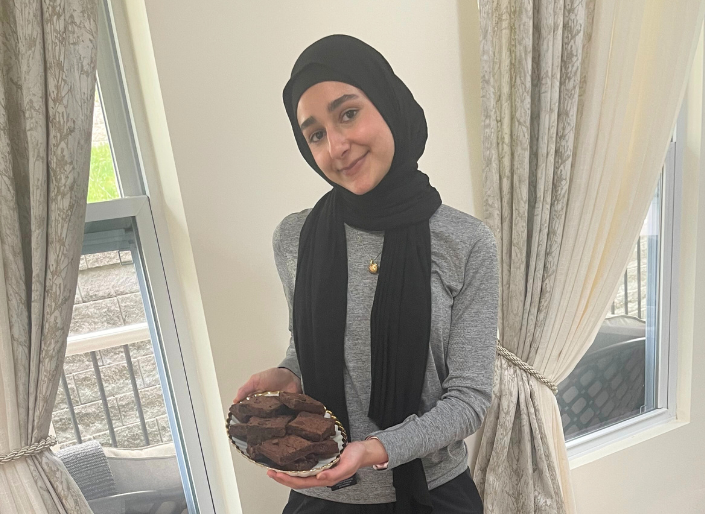
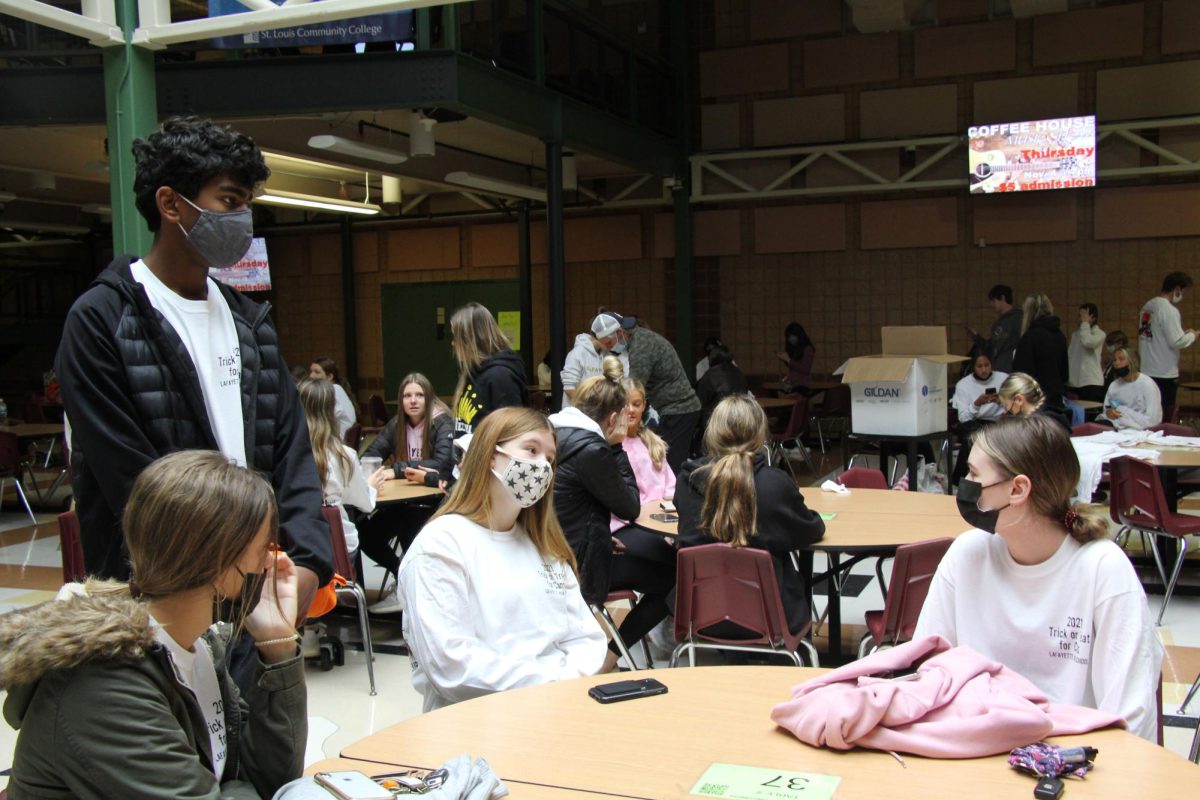
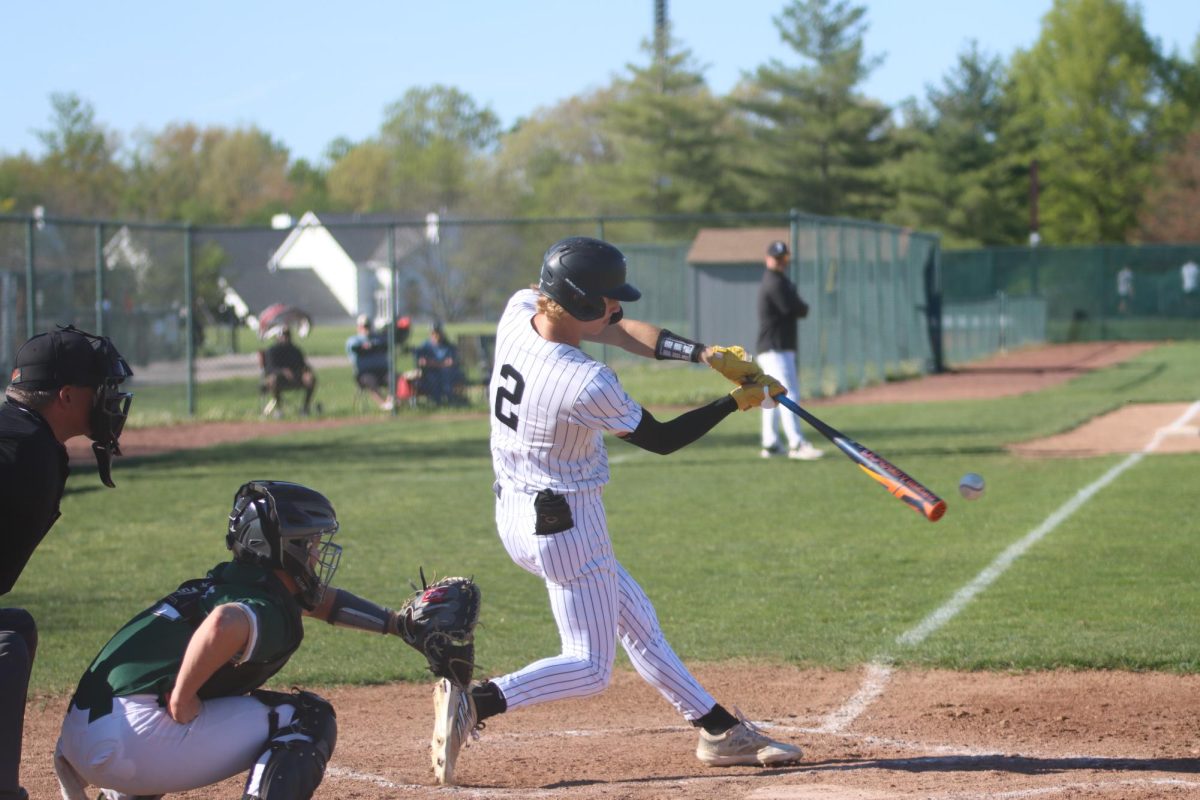
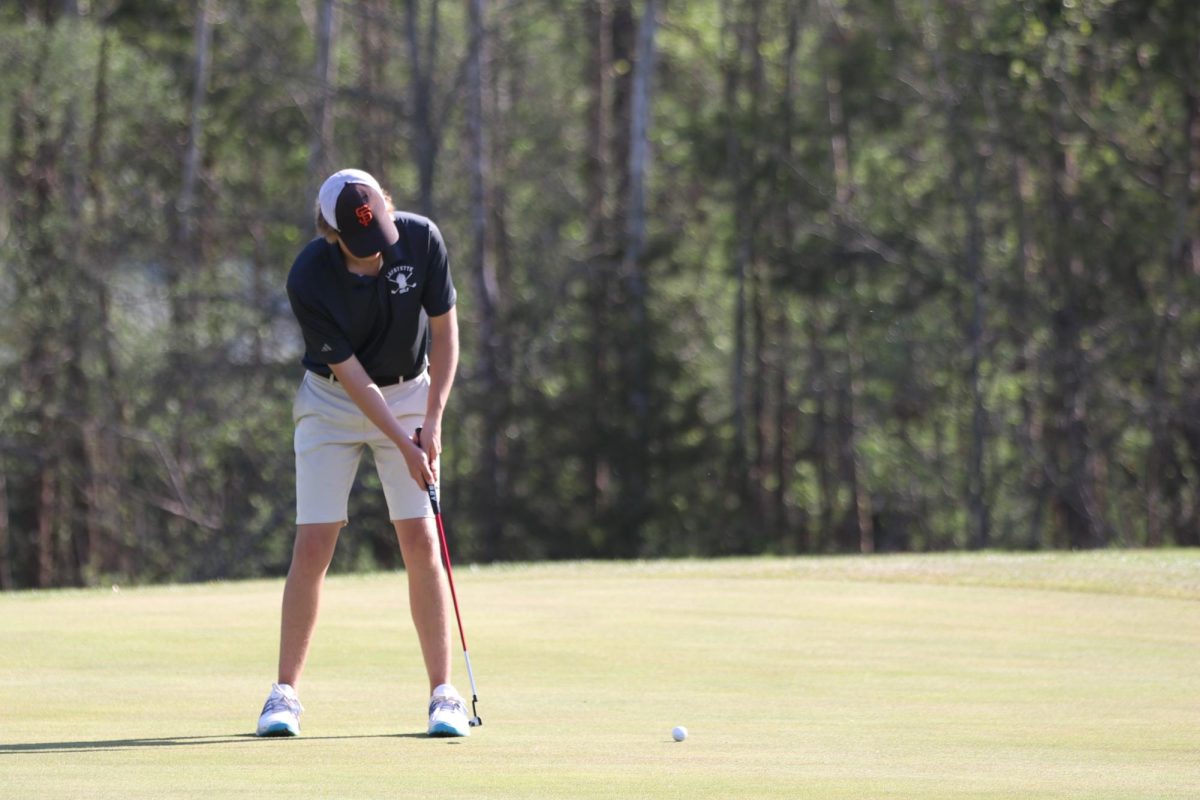

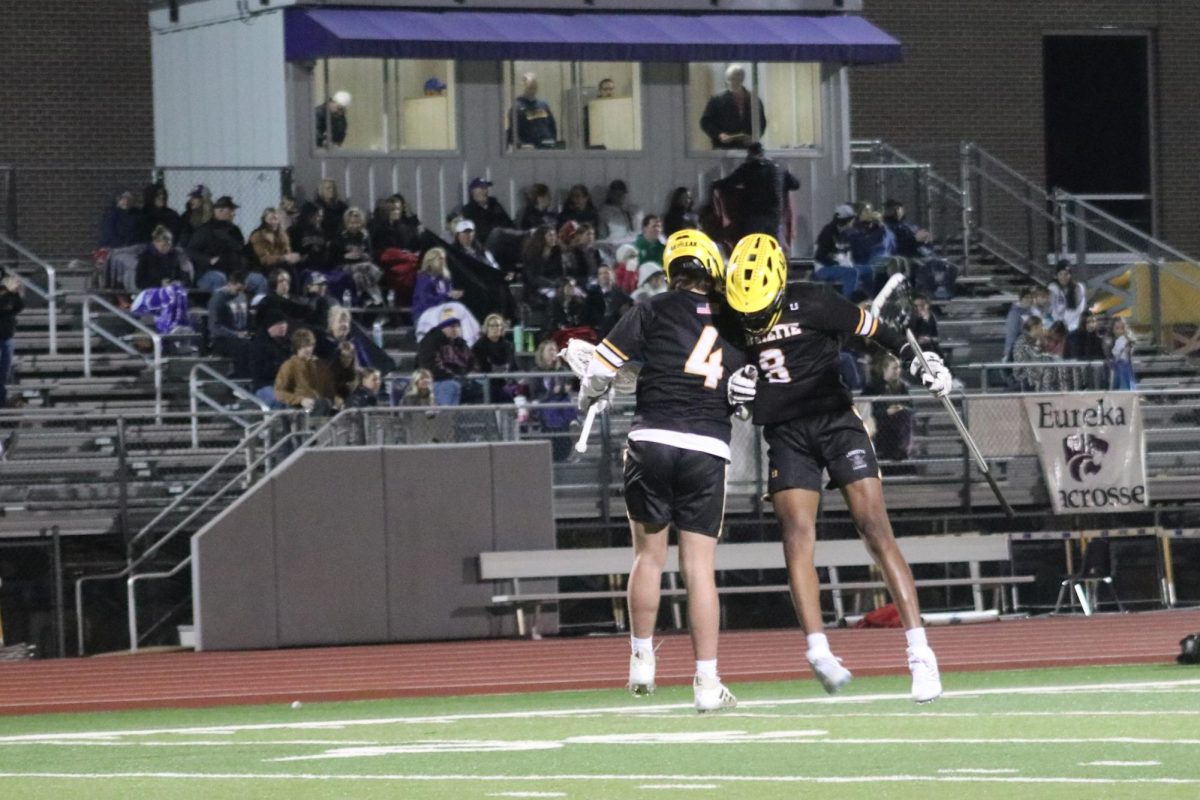
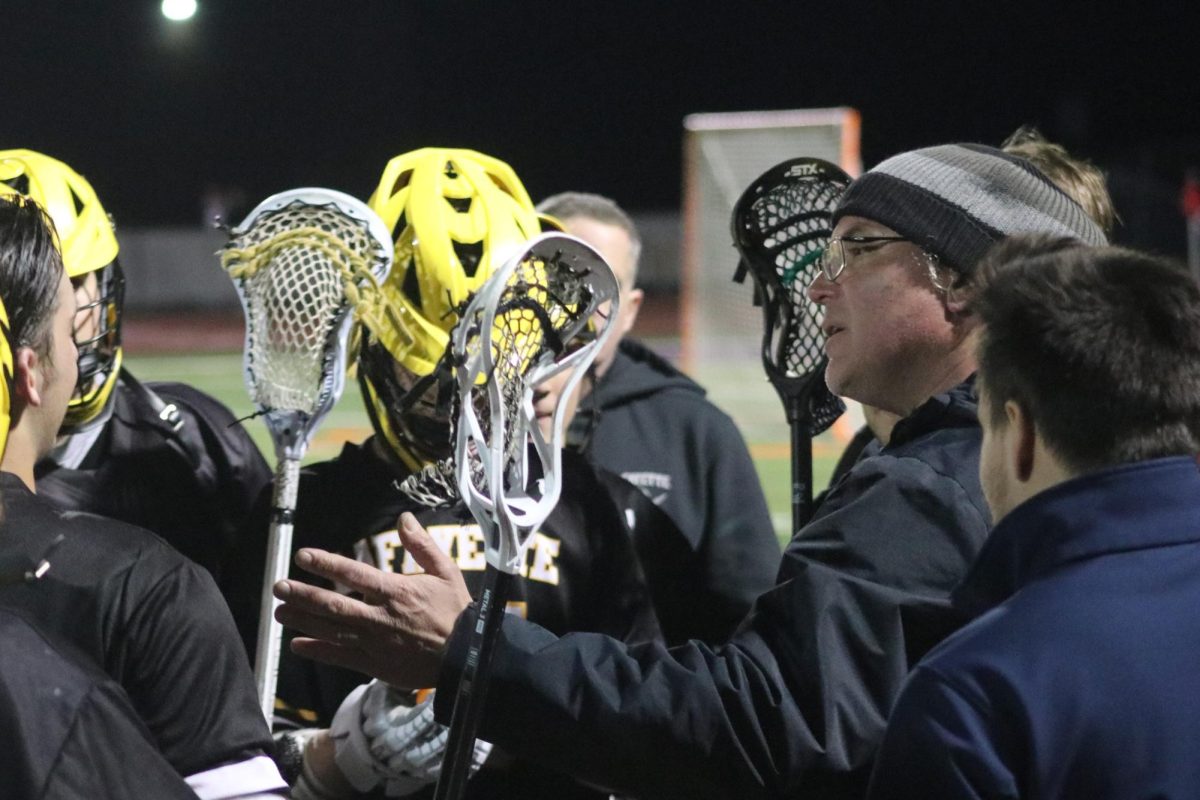
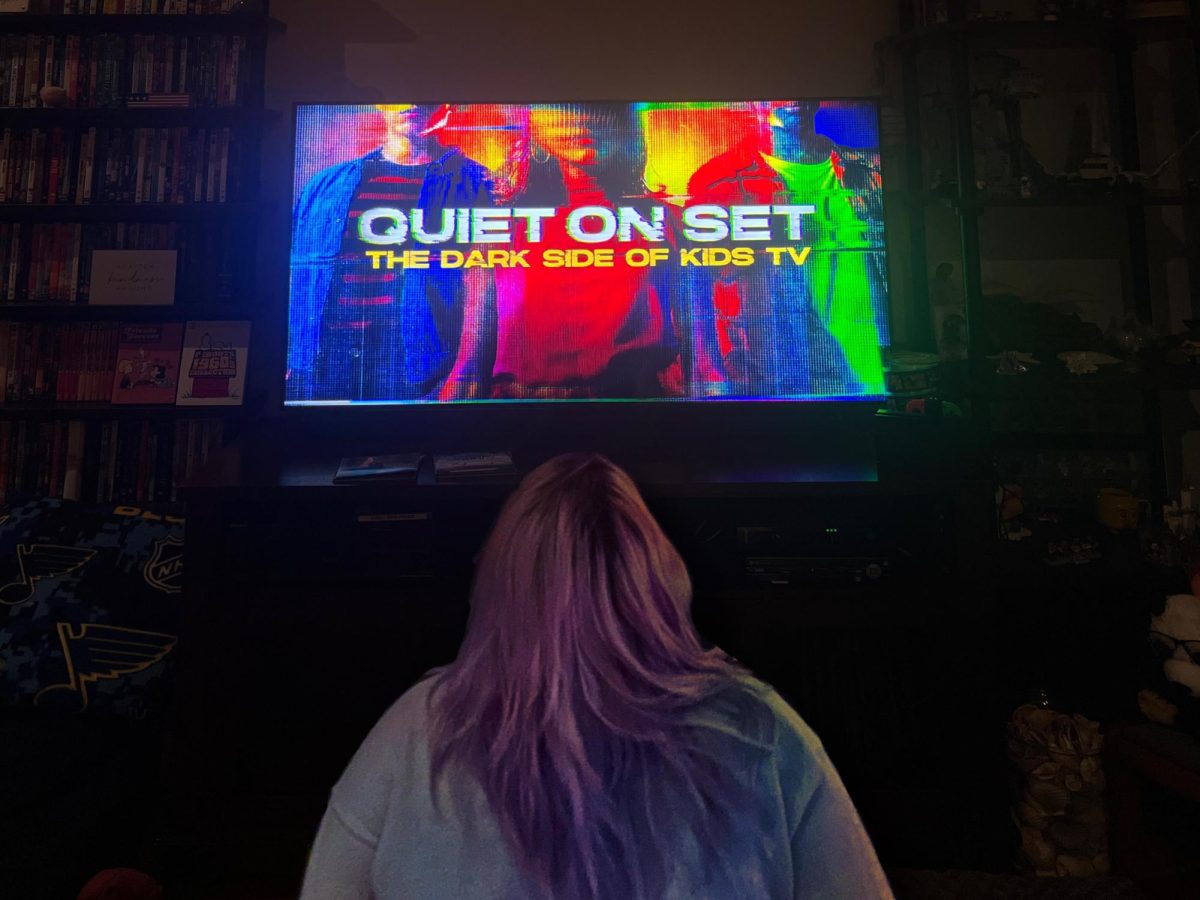

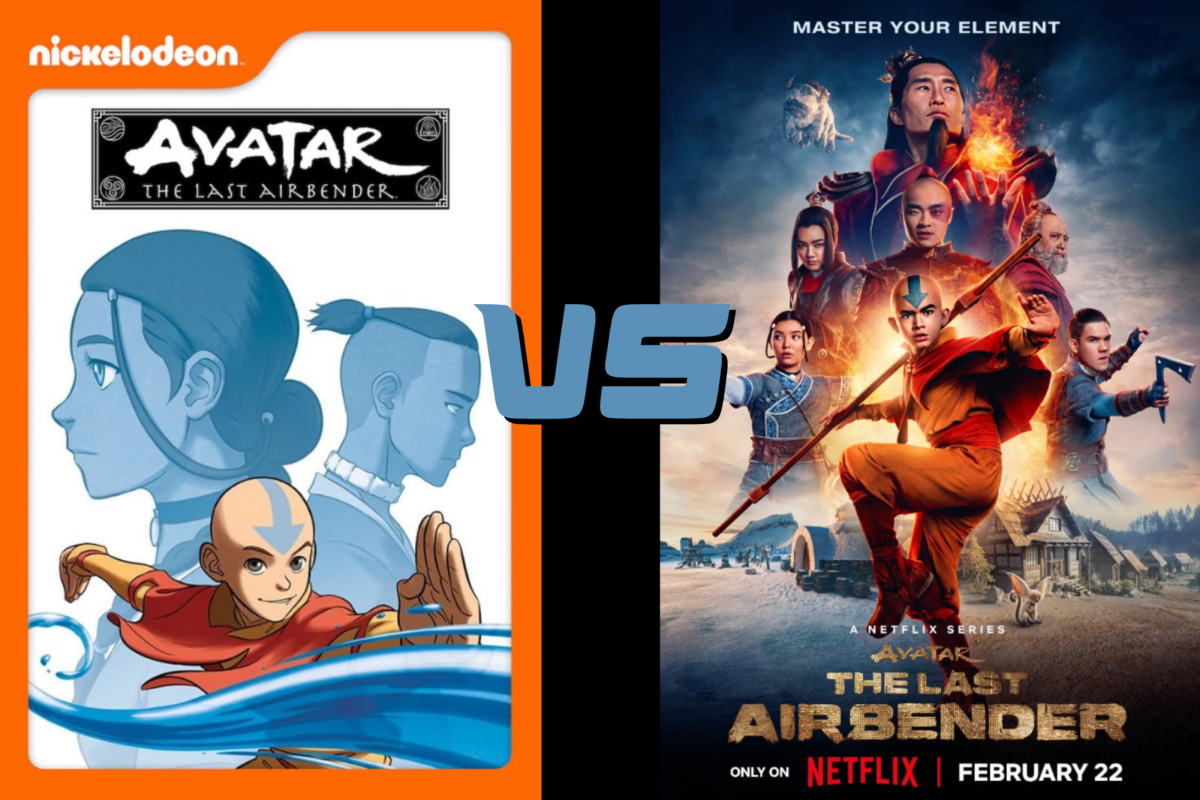

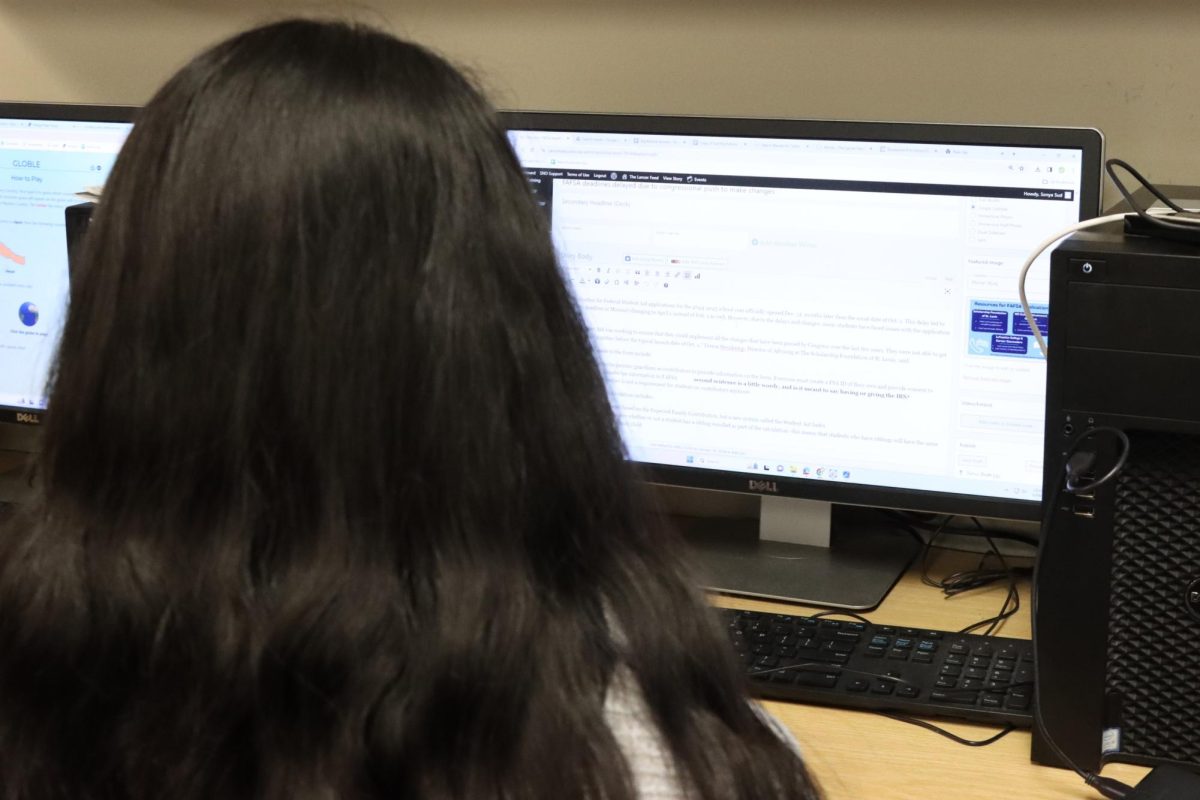
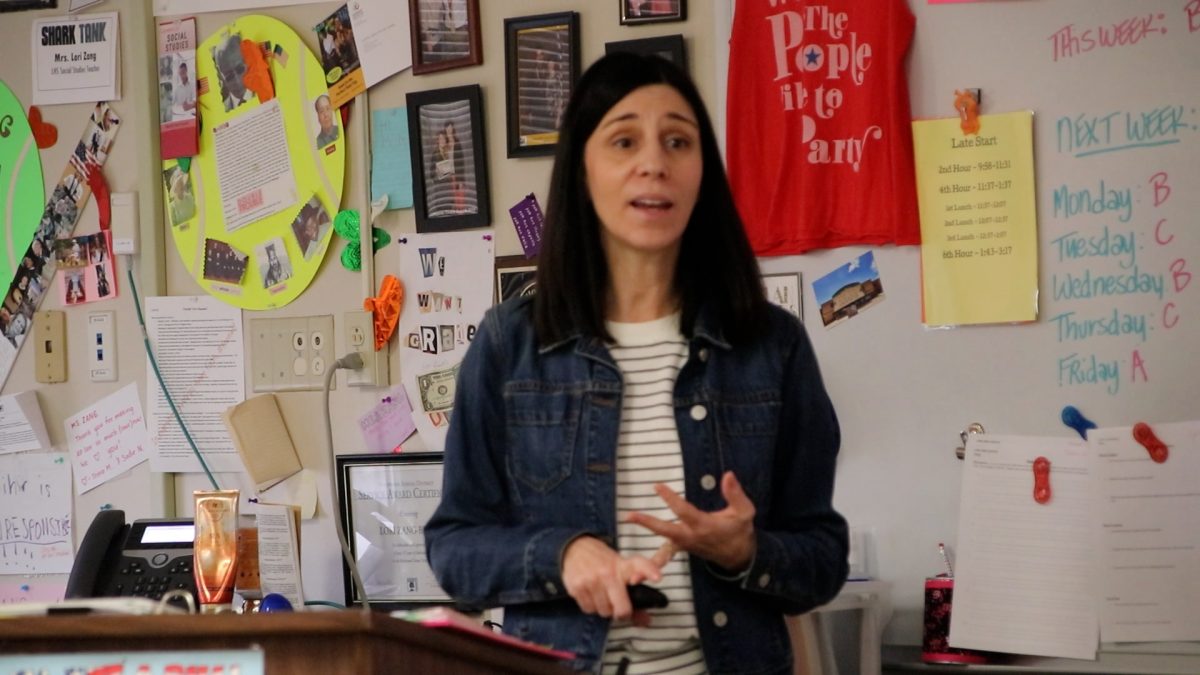
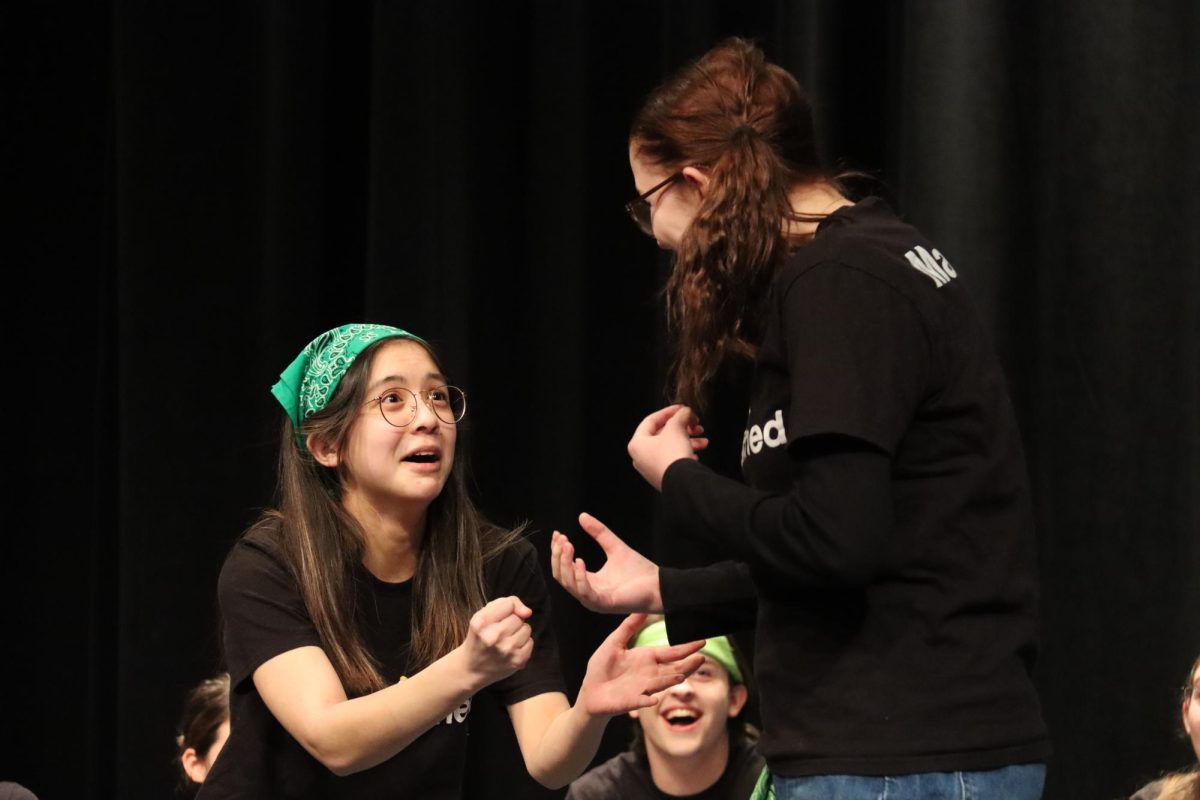
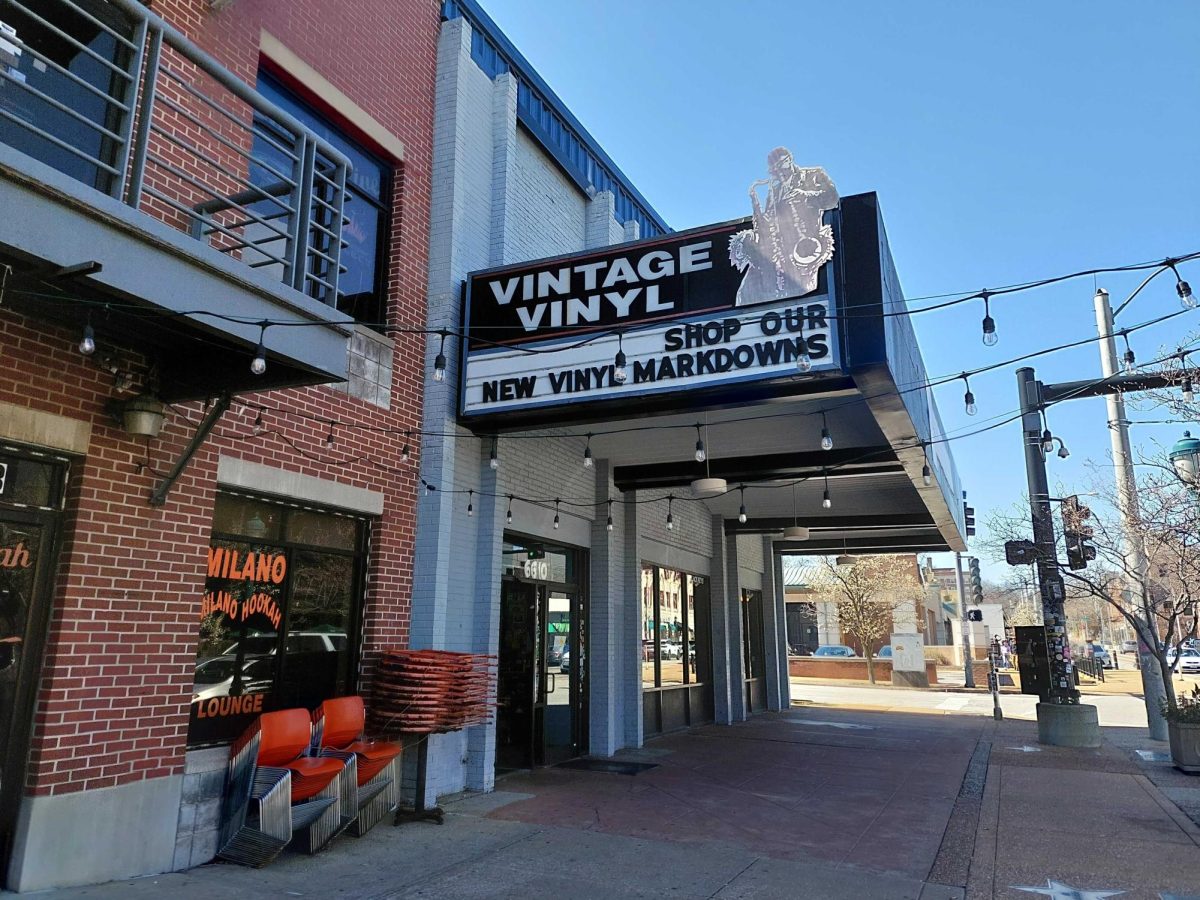
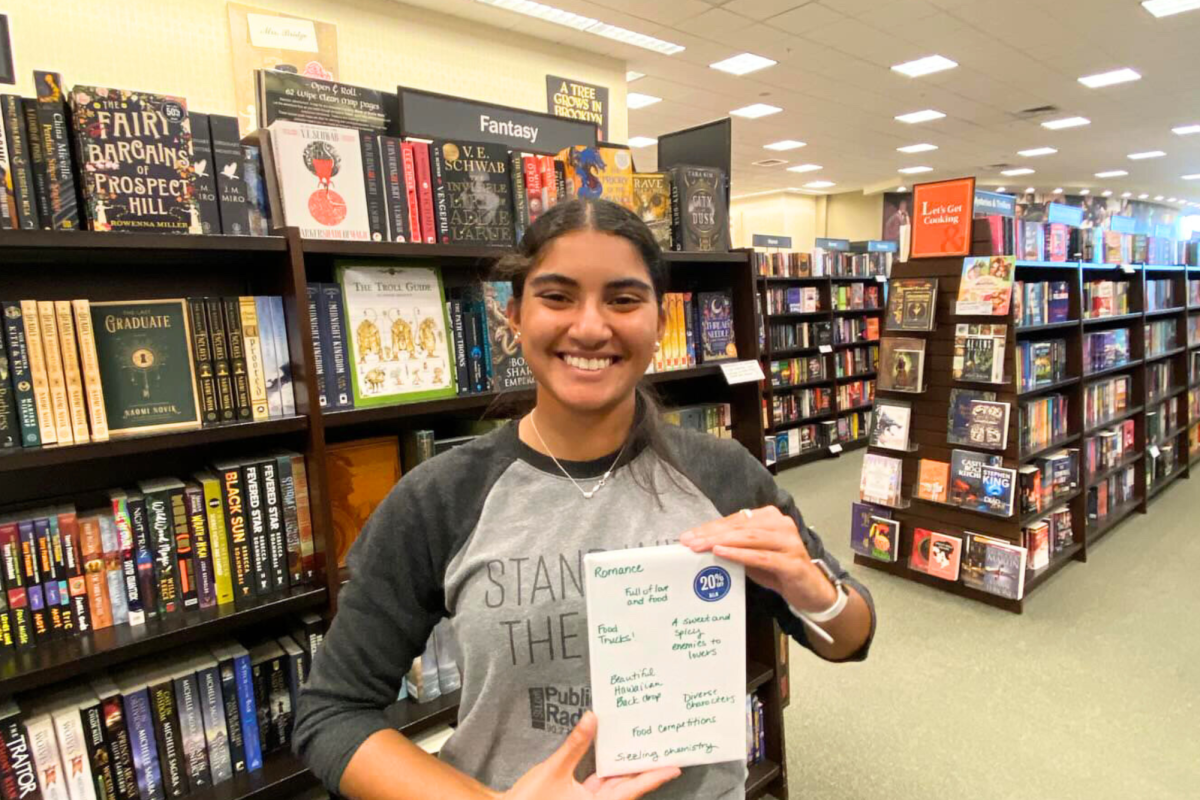
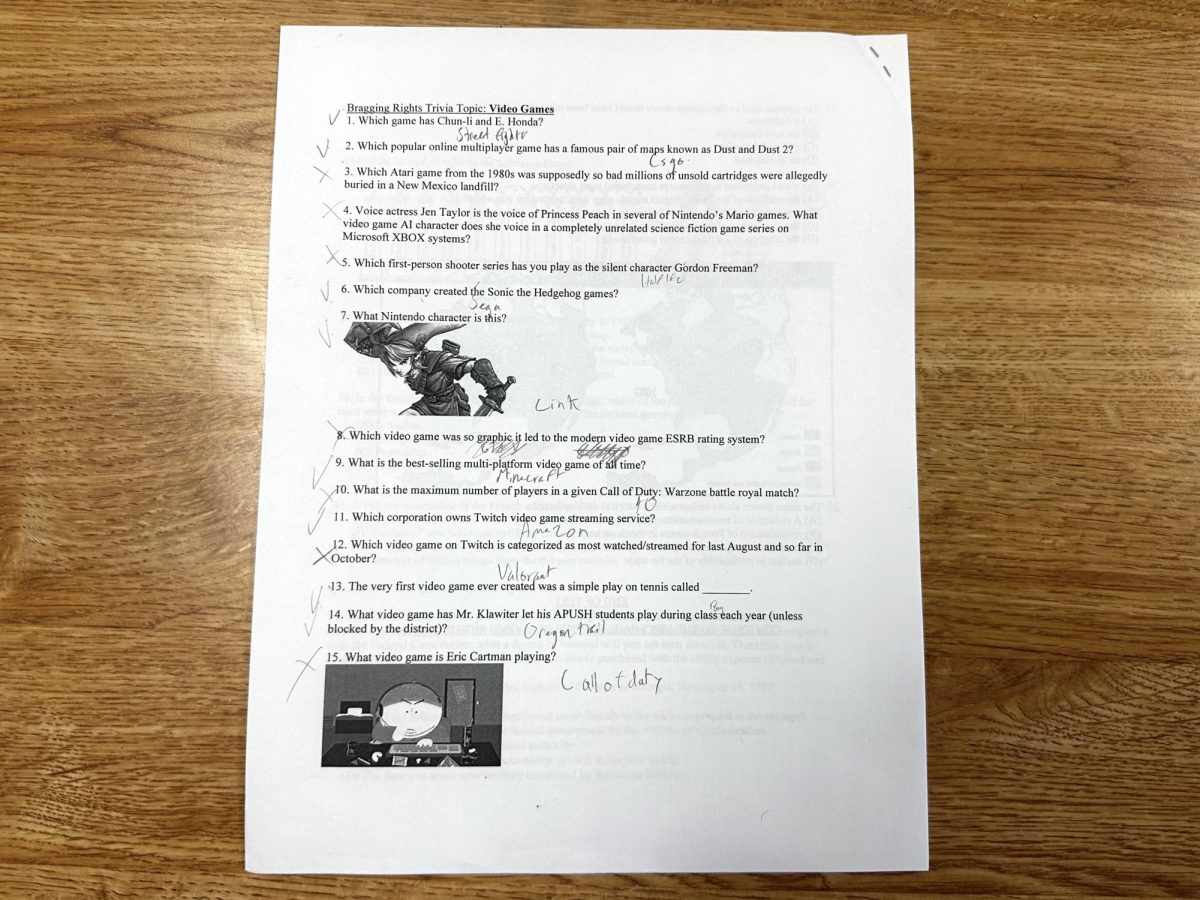
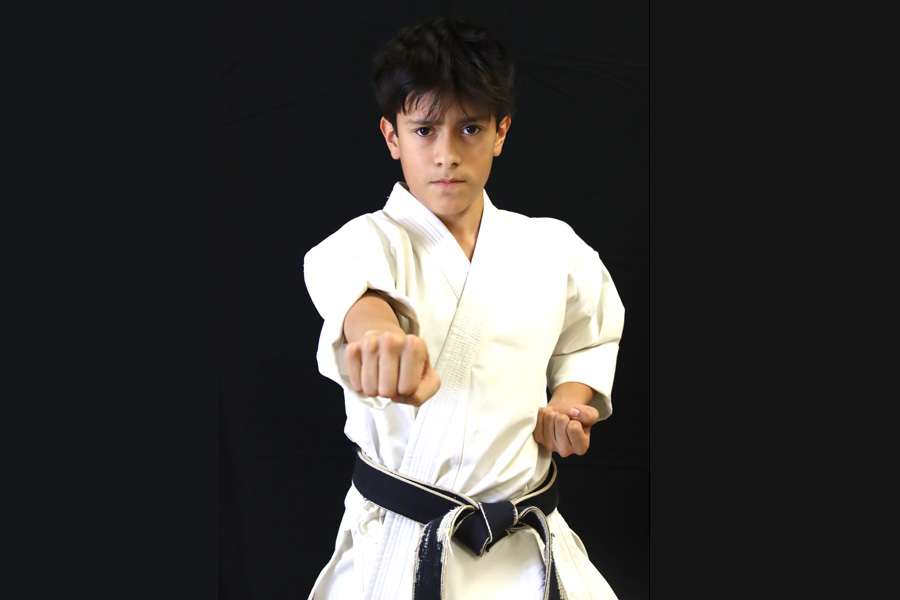
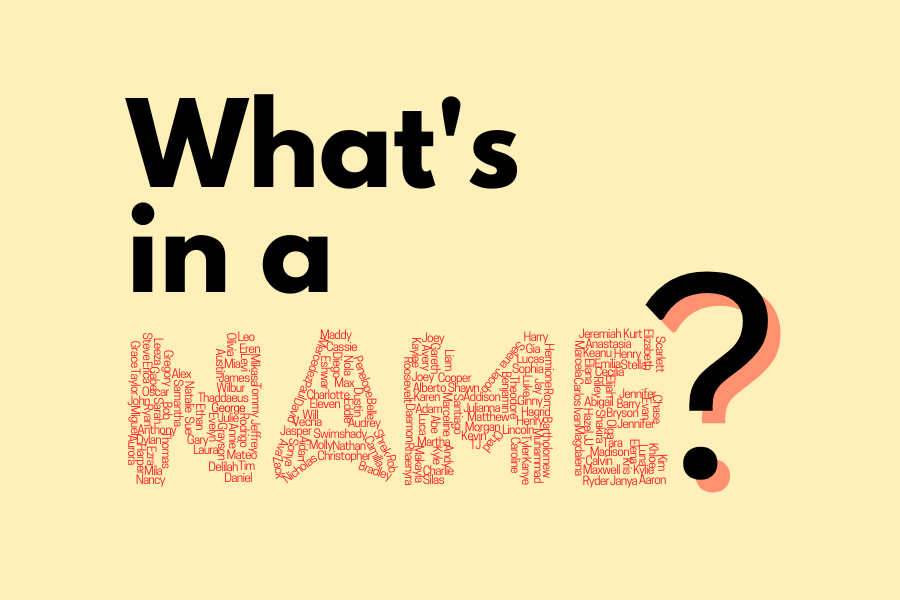

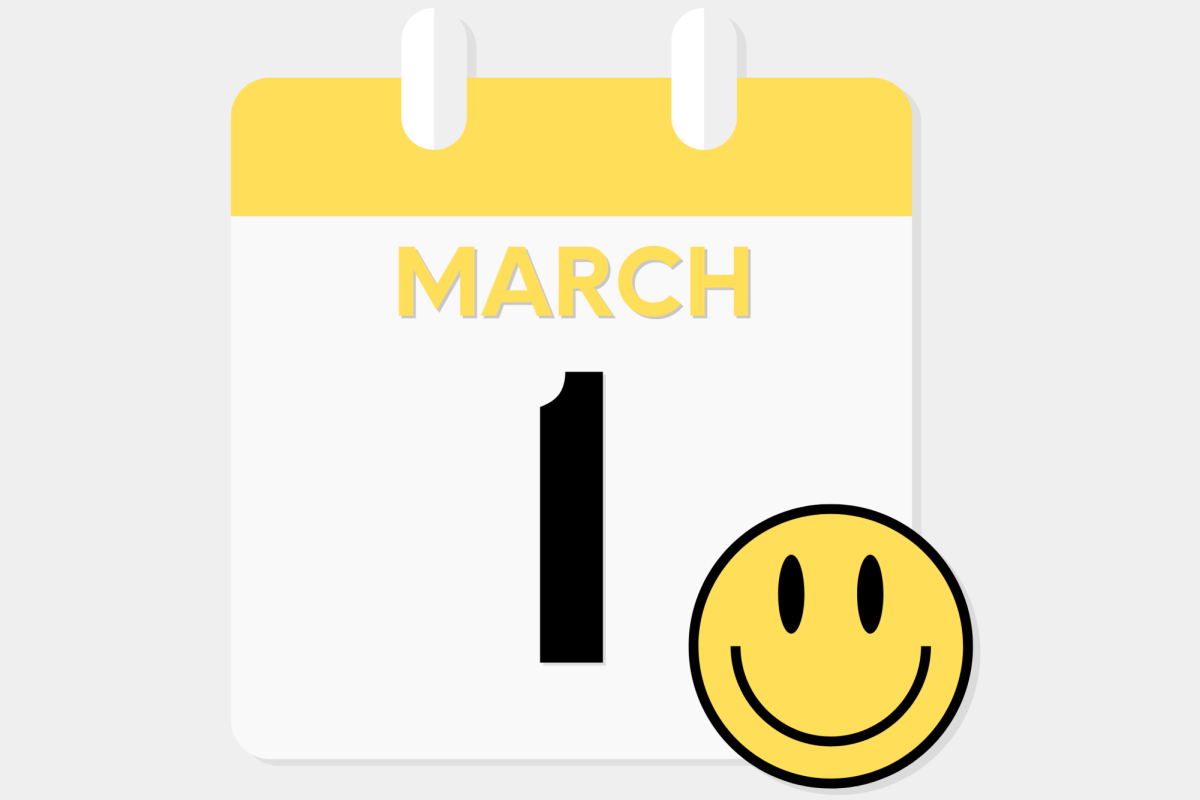
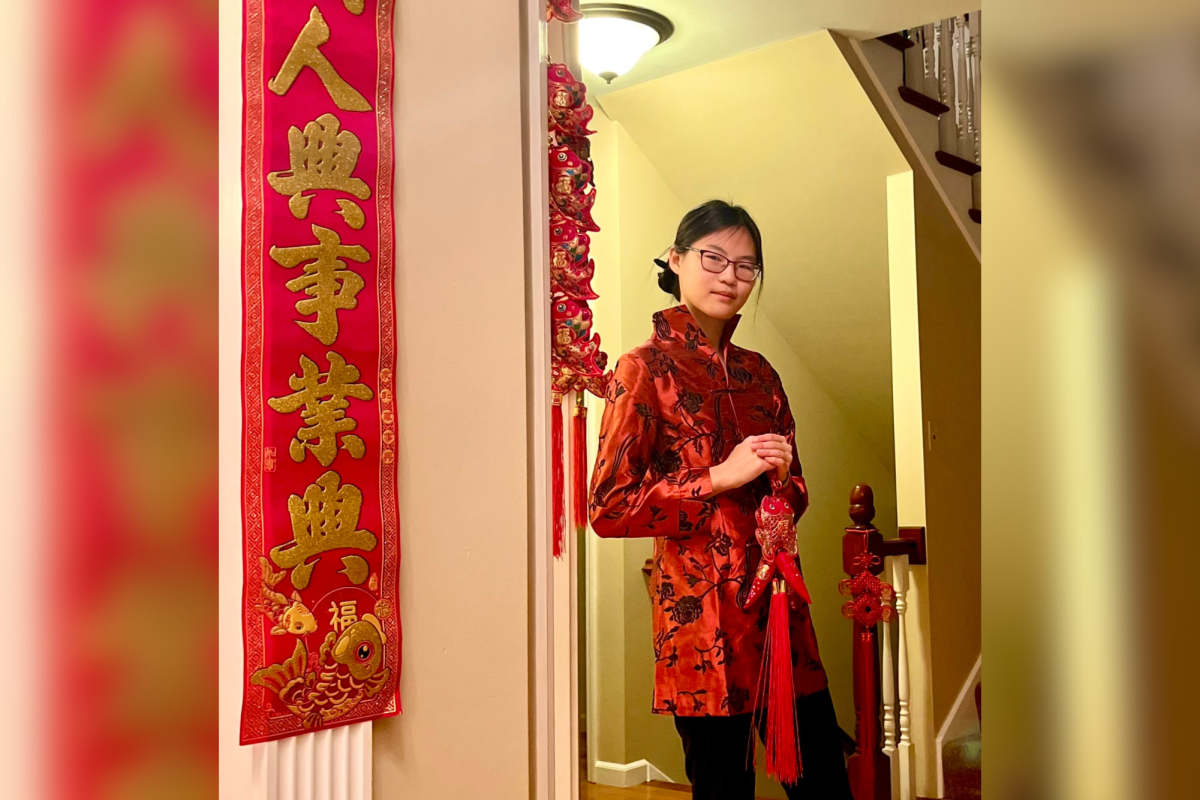
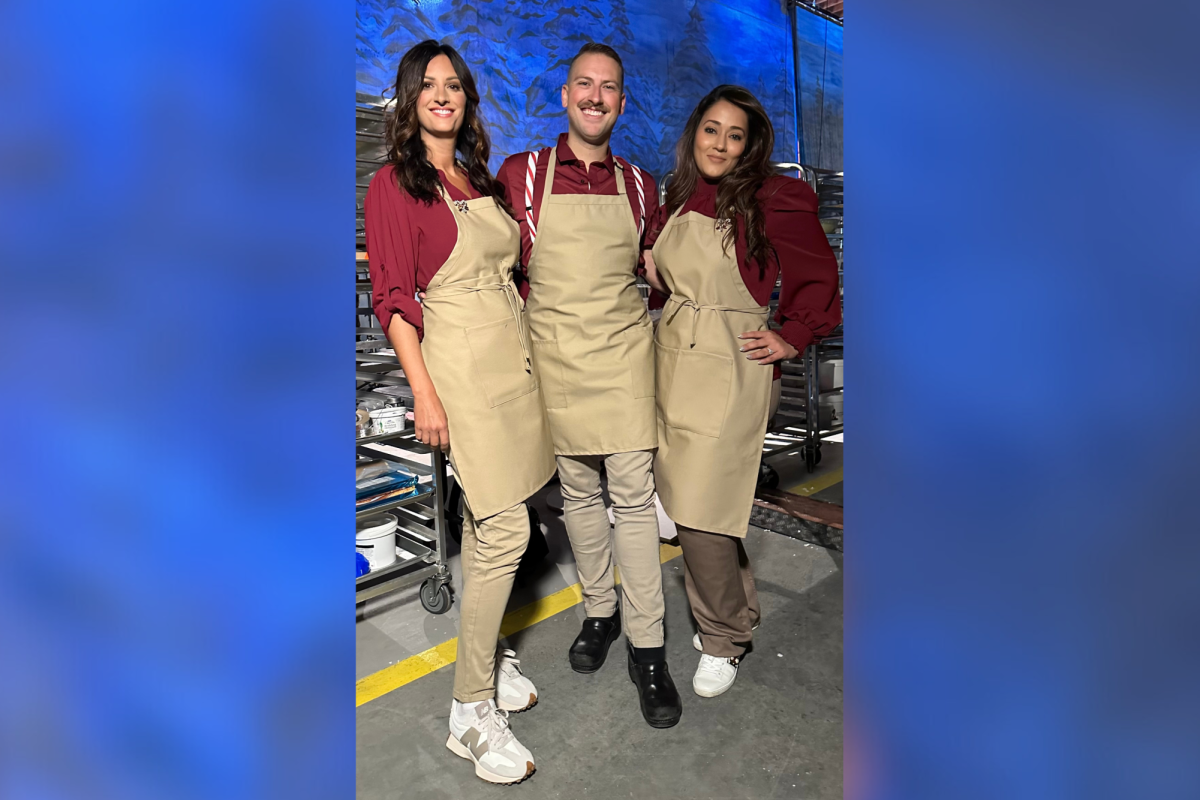
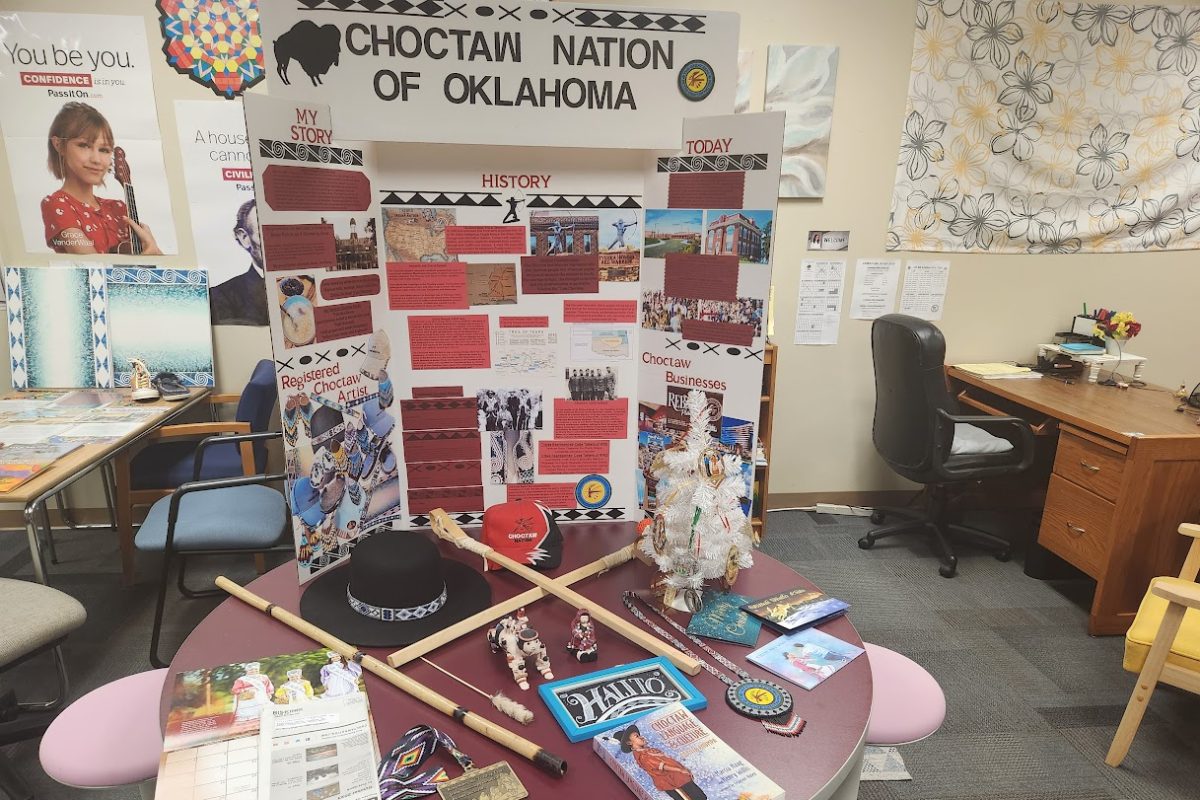


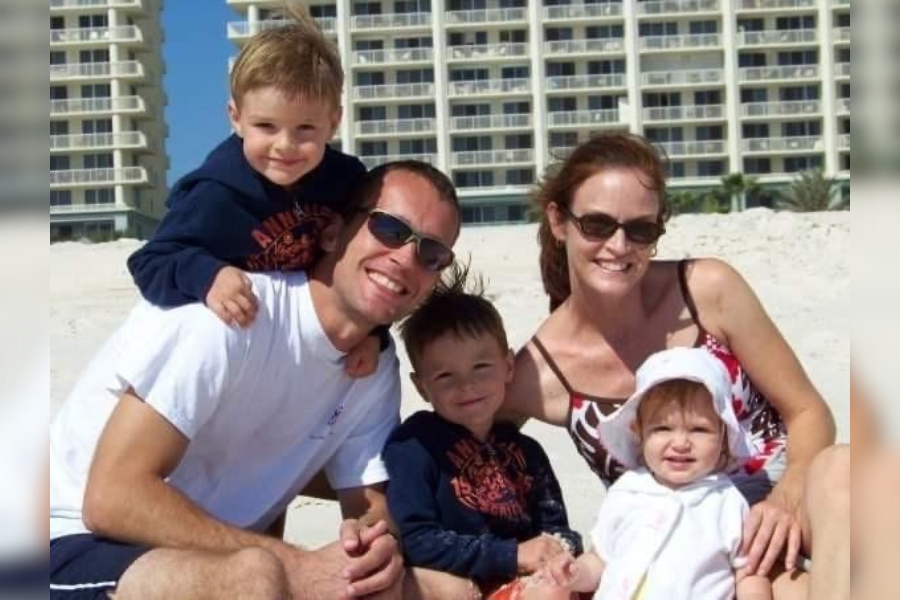
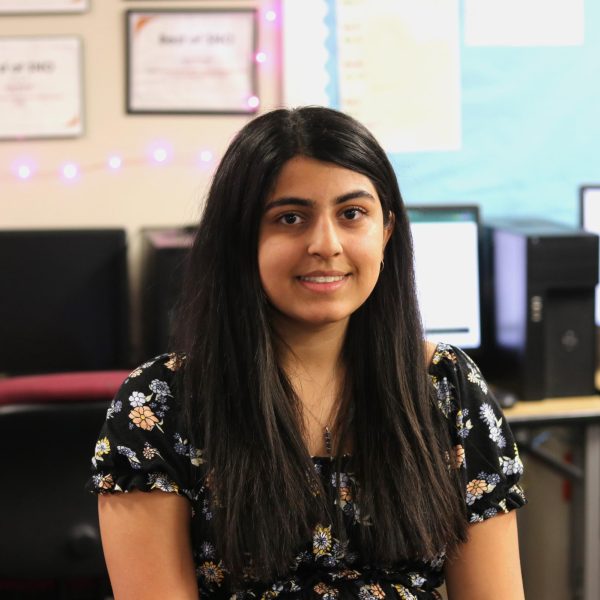
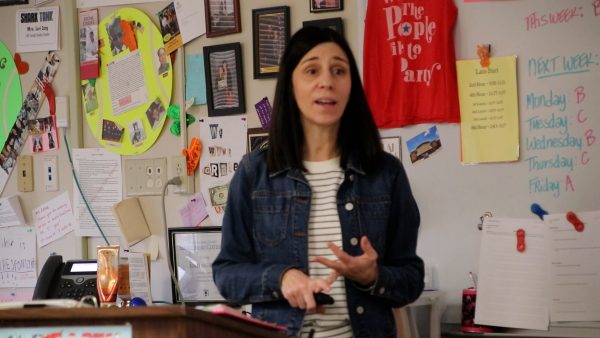
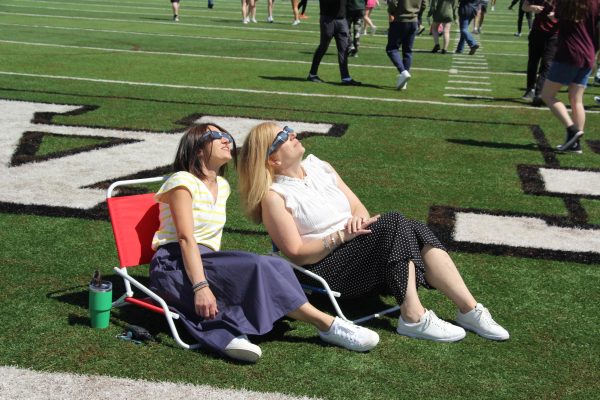
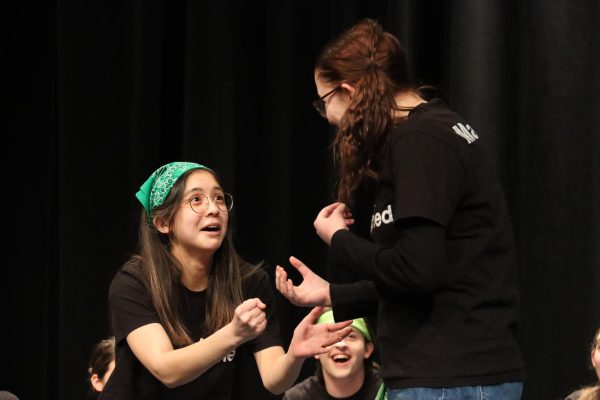


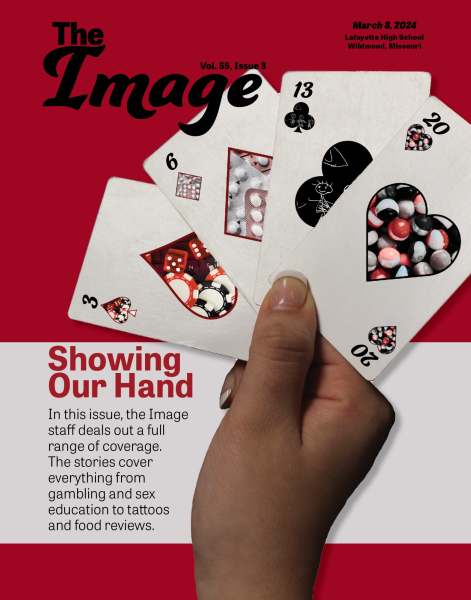
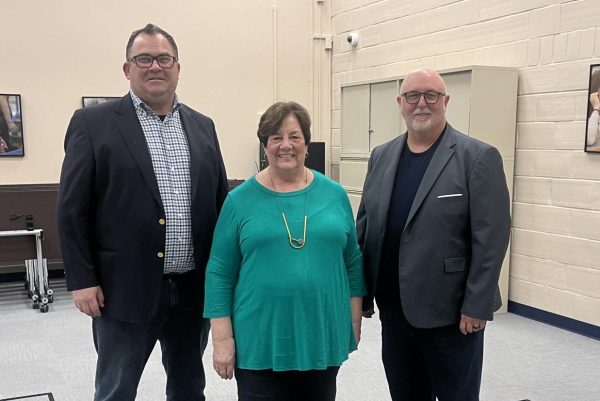
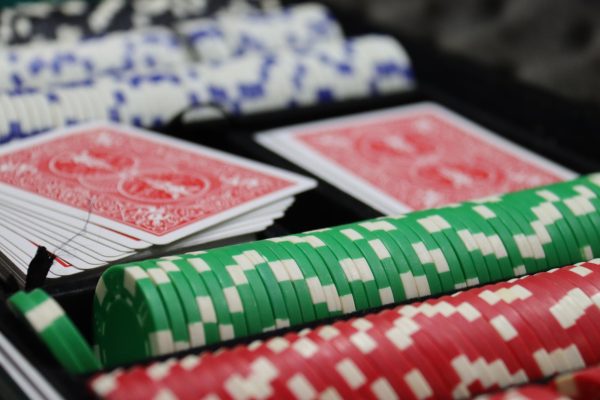
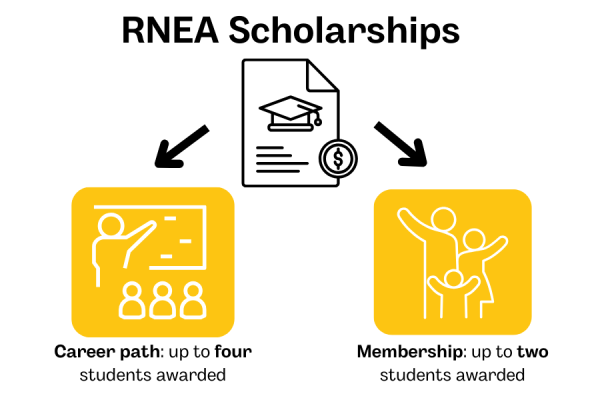
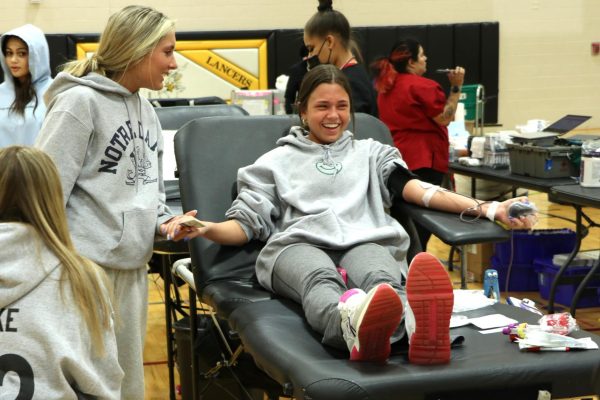
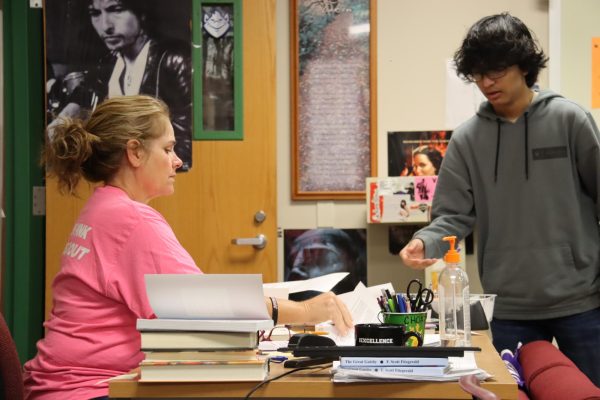
![[Classroom] will be blocked off for students starting next year, Willot said. Canvas will be the primary resource for accessing online classwork beginning next school year.](https://lancerfeed.press/wp-content/uploads/2024/01/canvas-600x400.png)
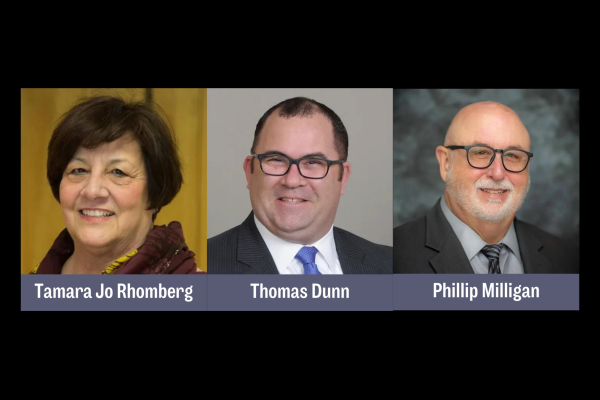
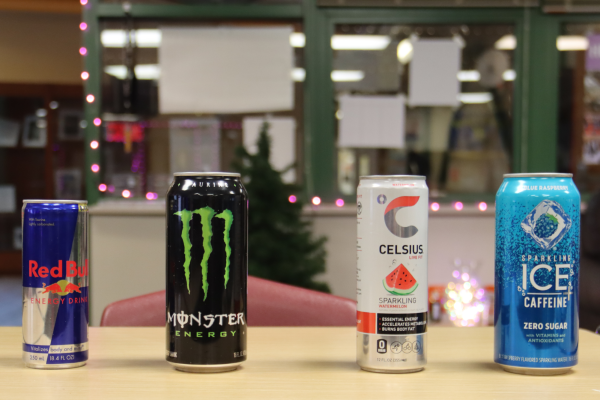
![Sophomore Mary Kirtley holds her Dressember Foundation button. The buttons are passed down to the new STL Spark executive board members each year and they are encouraged to place them on their backpacks to help raise awareness about human trafficking. My sister, [Class of 2020 alumni] Grace Kirtley, started STL Spark when she was in high school and she would have people carry it on after she graduated, Mary said. Last year I got invited to join the board again with my sister, senior Patty Kirtley, and so weve been working on carrying her legacy a bit. Its become somewhat of a family project.](https://lancerfeed.press/wp-content/uploads/2023/11/IMG_5696-e1700061260167-600x400.jpg)
